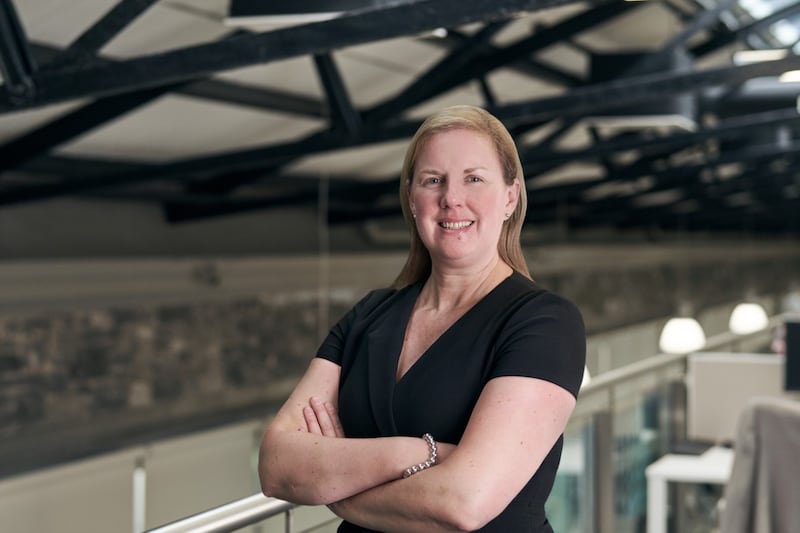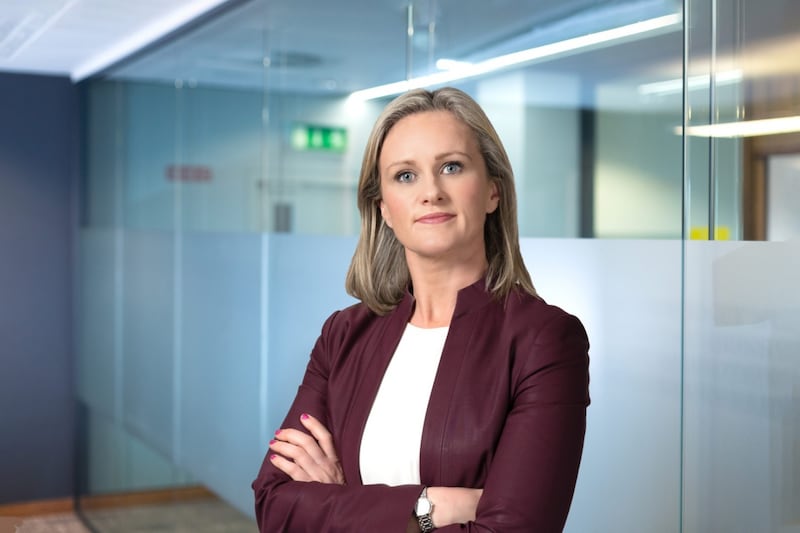The EY Future Consumer Index has identified a number of emerging groups who will shape future consumption trends. These include cohorts with affordability first, planet first, and experience first mindsets.
“This is the eleventh edition of the EY Future Consumer Index which is a global survey of more than 21,000 consumers which has been running since the outset of the pandemic in 2020,” says Colette Devey, EY Ireland consulting partner and consumer sector lead.

“There is a cohort of consumers who are much more pressurised on spend and they are very cost conscious. There is a cohort with more money to spend and we are seeing sustainability coming to the fore with them. There is also a group which is eager to catch up on missed experiences from the pandemic and this will influence their spending.”
Targeted strategies
Consumer facing businesses will need to adopt strategies which cater for the cohorts they are most interested in targeting, according to Helena O’Dwyer, EY Ireland partner and head of strategy with EY-Parthenon.

“The first thing we ask our clients is who they are trying to attract,” she explains. “We often find that companies adopt a pebble dash, one size fits all approach. They have a product, and they want to sell it. That’s no longer sufficient. They need to understand who the group is that they want to bring on board. To hit all the different cohorts is not impossible but it requires a lot of investment.”
The affordability first group is concerned about the rise in the cost of living with 40 per cent of them expecting that their life will be worse in three years and only a minority planning to have a vacation in the coming year. Interestingly, 76 per cent don’t feel a need to keep up with the latest fashion trends and 71 per cent are not willing to buy new products when they can repair what they have. On the other hand, 60 per cent think it costs too much to buy sustainable products.
“Members of this group want to feel in control of their spend and their household budget and value for money is very important to them,” Devey notes. “Retailers need to give them that sense of control. They can do this by offering coupons, rewarding loyalty and helping their customers understand how they can save money.”
The proposition needs to be tailored to that group’s needs. “If it’s the affordability cohort you are targeting, maybe a complex digital experience is not required,” O’Dwyer advises. “There is a marked distrust around data sharing among that group, even if there are savings to be made. They want to be in store, not online. They want to pick out the best value for themselves. One thing that stood out from the global survey was that the festive gift most wanted among this group was solar panels. Even if they think sustainable products are too costly, they do want products that will save them money.”
The planet first group is characterised by more mindful consumption with members favouring local products and expecting greater transparency in relation to how products are made and distributed. Forty per cent indicated an intention to buy less food to avoid food waste while 30 per cent intend to buy less overall so they can be more sustainable. They also have a much greater propensity to do their grocery shopping online than the affordability first group.
“Organisations targeting this cohort need to be very careful that when they are talking the talk, they are also walking the walk,” O’Dwyer cautions. “If they are investing heavily in reducing their carbon footprint, they must ensure their customers are aware of it and that there is no greenwashing involved. Doing the right thing for the planet and doing the right things to attract this cohort are inextricably linked.”
Considering ESG dimensions
This goes further than environmental impact, according to Devey. “How organisations design, develop, manufacture, and sell products has to be considered across all ESG dimensions. They need to operate to high standards in relation to things like modern slavery and child labour as well as environmental issues.”
These concerns are not confined to the planet first cohort. “We know that some people in the affordability first group will not shop in certain retailers because of adverse publicity around modern slavery and issues like that.”
There can also be a crossover between the affordability first and planet first groups. “Up until now there has been a perception that because something is sustainable it will come at a premium price,” Devey notes. “There is a mindset that sustainable products will be more costly to produce and more expensive to buy. This is not necessarily the case, and we are seeing a definite shift with companies targeting the opportunities that lie in the middle spot between the two groups.”
At one end of the spectrum there are high end clothing retailers who are moving into rental for evening dresses and other luxury items. At the other there are new firms setting up to cater for the growing repair market.
“Repairability is very important,” Devey points out. “Certain countries are introducing right to repair laws. Consumers want it as well. Take high end handbags, for example. There are businesses now that can take them and repair them and make them look brand new. We are also seeing new disruptive niche retailers with great business models catering for the recycling and upcycling market.”
Renewed sense of freedom
The experience first group is both financially and socially optimistic with a tendency to live for the moment and a desire to catch up on all the things they have missed during the pandemic. Nearly two thirds of them have a home delivery service from a retailer. On the other hand, 41 per cent of them are extremely concerned about their household debt.
“We need to understand the impact of the pandemic,” says Devey. “This edition of the Future Consumer Index was published in November just ahead of the festive period when people were delighted to get out and about and enjoy the experience of walking into a shop again. They took the opportunity to do things such as going out shopping with friends and going for a meal afterwards. The question is how much of this was driven by the sense of freedom after the lifting of Covid restrictions rather than an ongoing trend. It will be interesting to see how it plays out.”
Indeed, online shopping certainly increased during the pandemic, but it has fallen back since. This may be a generational effect with older consumers returning to previous behaviours and younger digital natives remaining online. There are also those who are looking for a more enhanced online experience.
O’Dwyer points to premium consumer brands like Nike which are successfully targeting this audience by moving into the metaverse. “Nike has created .SWOOSH which allows customers to go online and do things like create virtual products such as wearables in games and take part in virtual events to meet Nike designers, athletes and other fans.”
Businesses shouldn’t feel the need to appeal to all of these groups, however. “It’s important to build awareness of what the business stands for and what it does,” O’Dwyer advises. “Maybe that’s not sustainability. Maybe it’s producing good products at a low price point. Maybe it’s providing an amazing digital experience. It needn’t be all three. Chief executives need to know the consumers they are trying to attract and develop strategies which will cater for their needs. Those strategies have to be ever changing to keep up with what consumers are looking for now and predict what they will look for in the future. Chief executives can’t think that understanding customers today is all they need to do. Customers are becoming ever more discerning and demanding. A core element of the strategy of successful organisations is to continually look ahead at changing customer needs, understand them, and respond to them.”
EY-Parthenon helps build transformative business strategies in an ever-changing world. To find out more please visit About EY-Parthenon | EY - Global.














